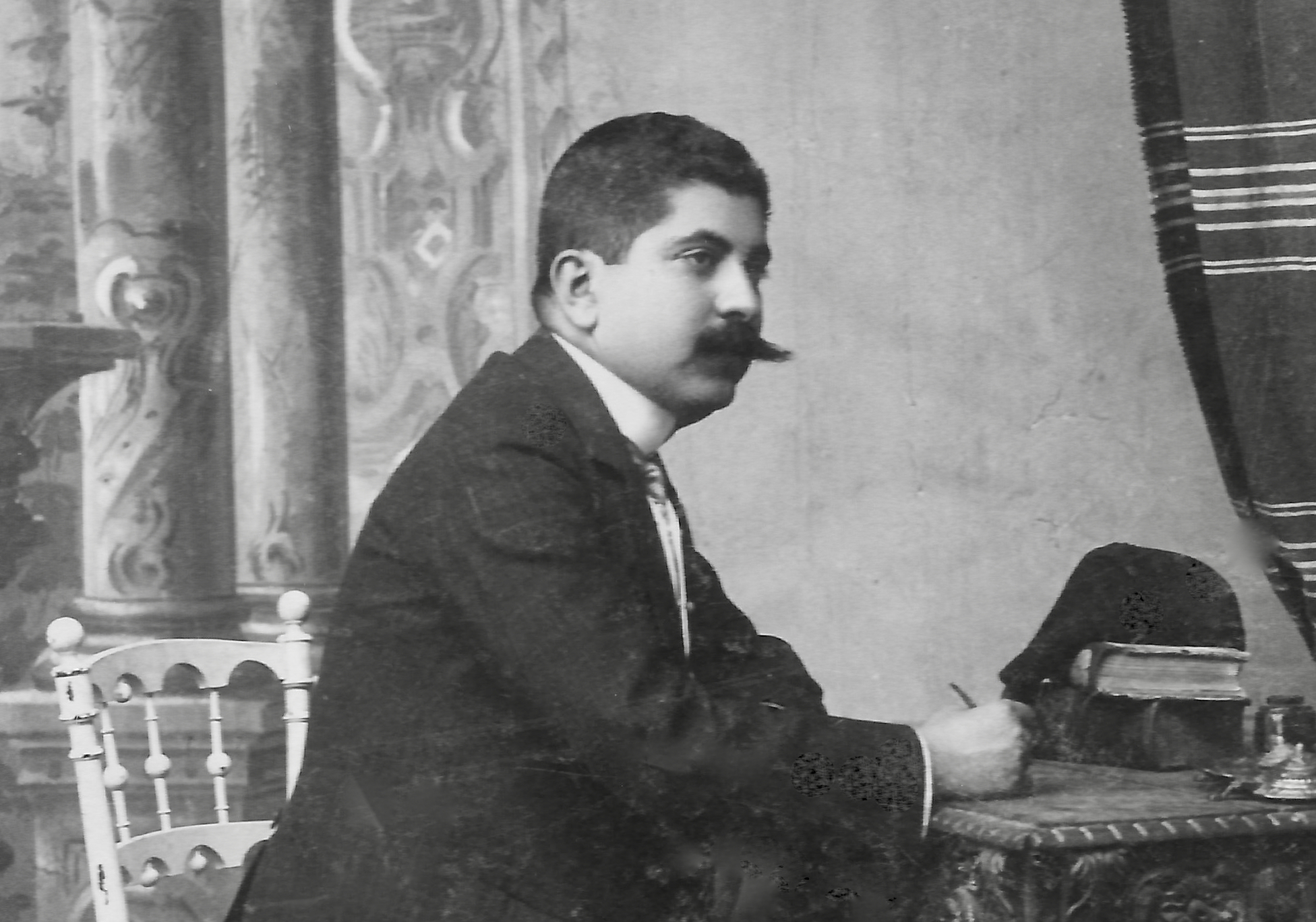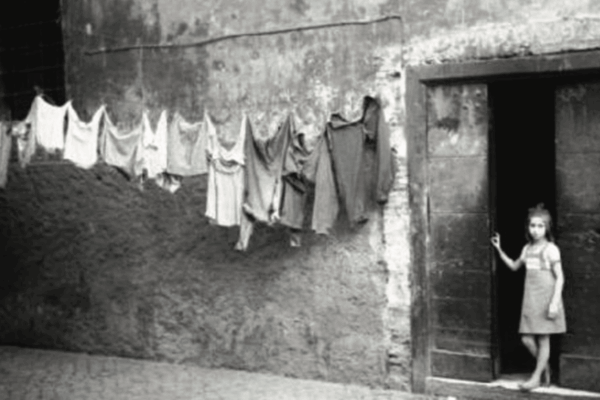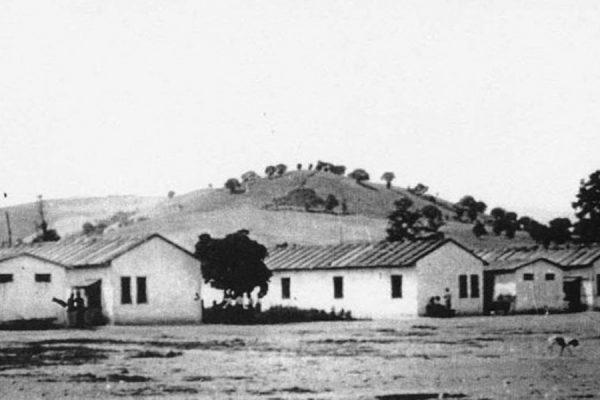A Sephardi Turkish Patriot and the history of the post-Ottoman Mediterranean
Several books published in the last years explore the experience of Middle Eastern and North African Jews in the late or post-Ottoman period. I am thinking in particular of academic or literary works dedicated to the life and migration of families or of an entire Jewish community in the first half of the twentieth century. Such is the case of Sarah Abrevaya Stein’s Family Papers: A Sephardic Journey Through the Twentieth Century (2019), Michael Frank’s One Hundred Saturdays: Stella Levi and the Search for a Lost World (2022) or La casa sul Nilo (“The house on the Nile,” 2022) by the Italian journalist Denise Pardo. Despite their differences, these books – that take readers to places as different as Salonika, Rhodes and Cairo – share the focus on the microscopic history of individuals, their assumptions on the present and expectations about the future. They regard history as connected to the narrator, rather than a distant episode that exists primarily as an object of research.
In a poignant pamphlet entitled Singular Pasts: The “I” in Historiography (2022) – historian Enzo Traverso¹ explained how the recent proliferation of historical books written in the first person might be due to the process of depoliticization that followed the the end of great ideologies and to “[a] reification of the past,” seen as a patrimony ready to become more than anything else, a commodity. Even though one can agree with Traverso, in the case of Sephardi and Mizrahi history the combination of history and fiction, of academic rigor and (autobiographical) literary flavor appears to be a productive way to illuminate a past that has remained at the margins of Jewish historiography. At the same time, a balance needs to be found between the collective and singular dimension, so as to interpret an individual life not as a history in itself but as the microcosm “of an entire social stratum in a specific historical period”. ²
The recent book A Sephardi Turkish Patriot: Gad Franco in the Turmoil of the Ottoman Empire and the Turkish Republic by Anthony Gad Bigio is an example of effective balance between historical research and family memoir, or between the collective and singular dimension. The book tells the story of the Jews of the late Ottoman Empire and of early Republican Turkey through the life of Bigio’s maternal grandfather – the prominent journalist and jurist Gad Franco (1881-1954). A Sephardi Turkish Patriot combines academic references, family papers, photographs and personal recollections. The narrative follows Franco during his youth in fin-de-siècle Izmir, and then in his career as a jurist, lawyer and journalist in early Republican Istanbul, up to his downfall during the Second World War and the Turkification measures taken by the government against all minorities. Thus, the account offers a glimpse onto his life, showing its extraordinary and ordinary aspects: from the great achievements in the fields of law and journalism to the socio-political and familial dimension.
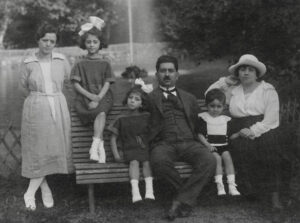 Franco was a committed Kemalist who believed in the modernizing project of Atatürk and, on the other hand, maintained a strong opposition to Zionism, viewing it as a threat to Jewish assimilation in Turkey and elsewhere. His biography, though at times peculiar, in many ways exemplifies the post-Ottoman Jewish bourgeoisie of the Eastern Mediterranean: think of the strong cultural and linguistic connection to France, or the secularized yet still profoundly Jewish identity that Franco maintained throughout his life.³
Franco was a committed Kemalist who believed in the modernizing project of Atatürk and, on the other hand, maintained a strong opposition to Zionism, viewing it as a threat to Jewish assimilation in Turkey and elsewhere. His biography, though at times peculiar, in many ways exemplifies the post-Ottoman Jewish bourgeoisie of the Eastern Mediterranean: think of the strong cultural and linguistic connection to France, or the secularized yet still profoundly Jewish identity that Franco maintained throughout his life.³
Moreover, his intellectual itinerary can be viewed in parallel with that of other Jews – for example the Jaffa-born pro-Zionist journalist Shimon Moyal (1866-1915) – who believed in a harmonious coexistence between Jews and Muslims in the post-Ottoman Middle East.4 This belief began to fade in the 1930s and 1940s, when more radical forms of Turkish and Arab nationalism led to the estrangement of Jews and other minorities who, in the wake of decolonization, were nearly equaled to European settlers.
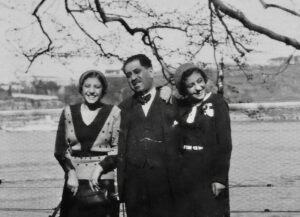 In the vein of other historical, literary and cinematic works – from Andre Aciman’s memoir Out of Egypt (1994) to the documentary Forget Baghad (2002) – A Sephardi Turkish Patriot might appear as a chronicle of an incommensurable yet inevitable loss. However, from the perspective of his protagonist, a Jew and a committed Kemalist was nothing extraordinary. It was the almost natural outcome of a long process of integration in the Ottoman Empire and participation in the reformist and modernizing agendas that characterized the passage from Empire to Republic. Nonetheless, by the mid-twentieth century and “despite all the attachment to their country that my Turkish family and the Jewish community in general had held over the centuries” —Anthony Bigio writes at a distance of several decades since the death of his grandfather—“their collective and individual belonging had been denied, triggering punishment, exile, broken identities, and a nostalgia I was only beginning to fathom”5.
In the vein of other historical, literary and cinematic works – from Andre Aciman’s memoir Out of Egypt (1994) to the documentary Forget Baghad (2002) – A Sephardi Turkish Patriot might appear as a chronicle of an incommensurable yet inevitable loss. However, from the perspective of his protagonist, a Jew and a committed Kemalist was nothing extraordinary. It was the almost natural outcome of a long process of integration in the Ottoman Empire and participation in the reformist and modernizing agendas that characterized the passage from Empire to Republic. Nonetheless, by the mid-twentieth century and “despite all the attachment to their country that my Turkish family and the Jewish community in general had held over the centuries” —Anthony Bigio writes at a distance of several decades since the death of his grandfather—“their collective and individual belonging had been denied, triggering punishment, exile, broken identities, and a nostalgia I was only beginning to fathom”5.
Exile, broken identities, nostalgia: is this the inheritance that Franco left to his descendants? Is the history of the Jews of the Middle East and North Africa forcibly characterized by the melancholic longing for a world that went by? Books such as that of Bigio testify that the legacy of what is perceived as a lost world has not vanished entirely: the memories of it – or the memories of its absence – remain and pass from one generation to the other, even beyond the Jewish world. Think for example of how the voices of the mellah, the traditional Moroccan Jewish quarter, in the city of Meknès studied by Emanuela Trevisan Semi and Hanane Sekkat Hatimi – are still echoed today among neighbors, friends or fellow worker of the Jews who once lived there6. The feelings of loss and nostalgia help explain the outpour of so many memoirs, novels, autobiographies and to an extent academic books written in a more personal style about the Jews of the Middle East and North Africa. In fact, these more personal historical narratives give the impression that what the anthropologist Michèle Baussant called “silenced memories” can finally, albeit partially, be heard7.
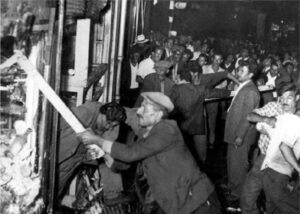 In addition to the more personal and familial aspects, A Sephardi Turkish Patriot sheds light on how a Sephardi intellectual from early Twentieth century Istanbul situated himself in relation to his own ethno-religious group and to the social class to which he belonged8. It is, in other words, the biography of an individual, of his world and of a family that lived through the turmoil of the first half of the twentieth century. In fact, by the time Gad Franco died in 1954 in Istanbul, most of his family had already left Turkey and was scattered between Israel, Italy and the US. Furthermore, the birth of the State of Israel, the Holocaust, and the changes in the attitude of Turkey vis-à-vis the Jews had led him to reconsider his sharp critique of Zionism: “I find myself in the position of someone who can only accept the defeat of his ideas” – Franco wrote in an essay published in December 1950 in the magazine L’Étoile du Levant9. The 1942 Wealth Tax Law that targeted fixed assets and enterprises – and, up until its repeal in 1944, resulted in a discriminatory measure against non-Muslim Turks – together with the period spent in an Anatolian labor camp, had led to his economic and then social downfall. For this reason, “past loyalties,” such as that Franco had nurtured for the Empire and early Republican Turkey, “no longer made sense within the framework of the new national borders that appeared”10. Looking back at his life and career, he was forced to admit that his ideals had been defeated by the sirens of nationalism and pervasive anti-Jewish prejudices.
In addition to the more personal and familial aspects, A Sephardi Turkish Patriot sheds light on how a Sephardi intellectual from early Twentieth century Istanbul situated himself in relation to his own ethno-religious group and to the social class to which he belonged8. It is, in other words, the biography of an individual, of his world and of a family that lived through the turmoil of the first half of the twentieth century. In fact, by the time Gad Franco died in 1954 in Istanbul, most of his family had already left Turkey and was scattered between Israel, Italy and the US. Furthermore, the birth of the State of Israel, the Holocaust, and the changes in the attitude of Turkey vis-à-vis the Jews had led him to reconsider his sharp critique of Zionism: “I find myself in the position of someone who can only accept the defeat of his ideas” – Franco wrote in an essay published in December 1950 in the magazine L’Étoile du Levant9. The 1942 Wealth Tax Law that targeted fixed assets and enterprises – and, up until its repeal in 1944, resulted in a discriminatory measure against non-Muslim Turks – together with the period spent in an Anatolian labor camp, had led to his economic and then social downfall. For this reason, “past loyalties,” such as that Franco had nurtured for the Empire and early Republican Turkey, “no longer made sense within the framework of the new national borders that appeared”10. Looking back at his life and career, he was forced to admit that his ideals had been defeated by the sirens of nationalism and pervasive anti-Jewish prejudices.
The life of Franco is in many ways emblematic of the changes and upheavals that the Jews of the Middle East and North Africa encountered in the first half of the twentieth century. Its historical reconstruction is a testament to his legacy and to a vanished epoch: “before the horrors and broken hearts, there had been a time of hope, of emancipation”11. But reading the more personal and autobiographical parts of Bigio’s book, for example the introduction where he explains why he chose to write about his grandfather, one wonders to what extent this before still impacts on our present and even more so if it is the present – the complex and often disheartening early twenty-first century we live in – that makes us look back at the past with a hint of nostalgia. Surely, Franco’s final years demonstrate that the past can be a tragic and sad memory too, characterized by loss and dispossession. It is undeniable that for the Jews of the Middle East and North Africa, before the 1940s and the great migratory waves of the 1950s and 1960s, “there had been a time of hope” – as Bigio argues. This is a feeling that persists until today, leaving one to ask if there might have been a different future and another Middle East. And even though this is a possibility historians cannot discuss or write about since it never happened – it is enough to trigger a certain curiosity for this past and for ancestors we never met12.
Finally, if it is true that loss is something inherent to human history, some spaces and times appear more distant than others. This is certainly true for the early twentieth century Middle East and North Africa, for late Ottoman Salonika and interwar Alexandria, but also for fin-de-siècle Odessa or 1920s Berlin. Deportations, forced migrations, exile and the making of new national entities made these places like “cit[ies] of ghosts,” populated by memories that struggle to find a place in today’s world13. A Sephardi Turkish Patriot is an attempt at recovering these memories against the background of crucial moments in the history of Turkey – such as the early Republican years and the consolidation of Atatürk’s regime – and of the post-Ottoman Mediterranean at large. It is a difficult challenge that, however, those interested in the history of the Jews of the Middle East and North Africa should not dismiss. Only through a dialogue between historians and other scholars, curators, memory entrepreneurs and the Middle Eastern and North African Jewish diasporas themselves, it will be possible to construct a nuanced and balanced historical narrative, without neither idealizing or denying a past that could perhaps help us imagining a better future14
Endnotes
¹ Enzo Traverso, Singular Pasts: The “I” in Historiography (New York: Columbia University Press, 2022), 145. ² Carlo Ginzburg, The Cheese and The Worms: The Cosmos of a Sixteenth-Century Miller (Baltimore: The Johns Hopkins University Press, 1980), XXVIII. ³ Aron Rodrigue, French Jews, Turkish Jews: The Alliance Israélite Universelle and the Politics of Jewish Schooling in Turkey, 1860-1925 (Bloomington: Indiana University Press, 1990). 4Louis Fishman, “Arab Jewish Voices in Ottoman Palestine: Caught Between the Sephardim and the Palestinians”, Revue d’histoire culturelle, 2 (2021), available at: https://journals.openedition.org/rhc/915 5Anthony Gad Bigio, A Sephardi Turkish Patriot: Gad Franco in the Turmoil of the Ottoman Empire and the Turkish Republic (Lanham: Hamilton Books, 2024). XIX. 6Emanuela Trevisan Semi and Hanane Sekkat Hatimi, Mémoire et representations des Juifs au Maroc: les voisins absents de Meknès (Paris: Publisud, 2011). See also: Aomar Boum, Memories of Absence: How Muslims Remember Jews in Morocco (Stanford: Stanford University Press, 2013). 7Michèle Baussant, “Broken Lives, Silenced Memories and Reappropriations of the Past: the Jews from Egypt and from Islamic Countries”, in How to Address the Loss? Forced Migrations, Lost Territories and Politics of History in Germany and in Europe in the 20th Century, eds. Anne Bazin and Catherine Perron (Oxford: Peter Lang, 2018), 179-198. 8See: Giovanni Levi, “Les usages de la biographie”, Annales, 44/6 (1989): 1329. 9Gad Franco cited in Bigio, A Sephardi Turkish Patriot, 181. 10Julia Phillips Cohen, Becoming Ottomans: Sephardi Jews and Imperial Citizenship in the Modern Era (Oxford: Oxford University Press, 2014), 132. 11Bigio, A Sephardi Turkish Patriot, XVIII. 12See: Ivan Jablonka, Histoire des grands-parents que je n’ai pas eus (Paris: Seuil, 2012) – that tells the story of the author’s grandparents, perished in the Holocaust, against the background of the history of Poland and of Europe in the first half of the twentieth century. 13Mark Mazower, Salonica, City of Ghosts: Christians, Muslims, and Jews (New York: Harper Perennial, 2005). 14Dario Miccoli, “The Jews of the Middle East and North Africa: A Historiographic Debate”, Middle Eastern Studies, 56/3 (2020): 511-520.


